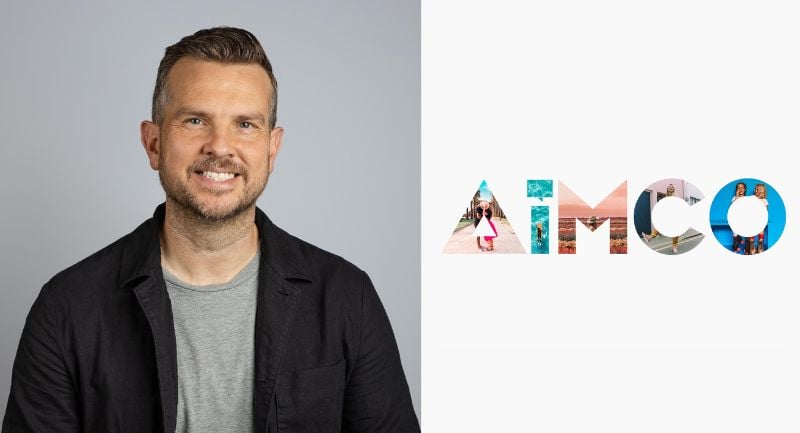The Australian Influencer Marketing Council (AiMCO) has launched a landmark industry resource, the Engaging Child and Family Influencers Industry Information Sheet, to guide brands, agencies and creators when working with children in influencer marketing campaigns.
The document, the first of its kind in Australia, was developed by AiMCO’s Best Practice Child and Family Influencer Working Group to address a critical gap in safeguarding children involved in digital content creation. The sheet outlines how existing child employment protections — typically applied to film, television and advertising — can also extend to the influencer space.
AiMCO managing director Patrick Whitnall said the new framework is designed to educate and inform members about their legal and ethical responsibilities. “Children working in entertainment, which includes advertising, are protected by laws and regulations in Australia. Awareness and education are required for our members to review how these could be applied to the influencer marketing space, which we felt was critically important to address,” he said.
According to Fabulate Discovery Data, more than 275,000 creators in Australia identify as parenting or family influencers, representing one in five of the local creator economy. Whitnall said this rapid growth underscored the need for a formalised approach to child protection and compliance.
“Influencer marketing campaigns can be distinguished from other advertising activities because the creation of influencer marketing content often operates within a child’s private home, and when the child’s sole workplace guardian is the parent or legal guardian. This often results in brands and agencies having little to no direct oversight into the content creation process which occurs in the child’s home environment.” he added.
Developed with national and global input
The working group reviewed a range of regulatory frameworks, including those from the Child Employment Authority, the NSW Office of the Children’s Guardian, and the National Children’s Commissioner, alongside AiMCO’s existing Influencer Marketing Code of Practice. It also drew on international examples to ensure the guidelines reflected global best practice.
Group members included Sarah Fischer Letts (Head of Creative and Strategic Partnerships, Hoozu), Jess Kay (Head of Production, Talentpay), Tegan Boorman (Founder, Social Law Co and AiMCO Chair), and Courtney Barlow (Marketing Communications and Content Manager, Ego Pharmaceuticals).
Barlow said the initiative has already prompted change at Ego Pharmaceuticals. “We will look to adapt our processes when engaging family influencers. The child and family influencer sector is not only new to marketing, it is rapidly growing, and it’s important as brand marketers that we adopt best practice and comply with responsible marketing activity. I’m sure this information sheet will be an invaluable resource for brands and agencies, as well as influencers themselves.” she said.
Part of a wider professionalisation push
The new release follows AiMCO’s series of best practice resources covering taxation and compliance, responsible gifting, and advertising standards for alcohol and therapeutic goods. The council estimates the Australian influencer marketing sector will approach $1 billion in value this year, according to data from Sprout Social.
“The past year has seen unprecedented expansion across the influencer marketing sector,” Whitnall said. “This evolution has elevated our industry, necessitating new levels of professionalism that build confidence and trust in our sector.”
Top image: Patrick Whitnall

